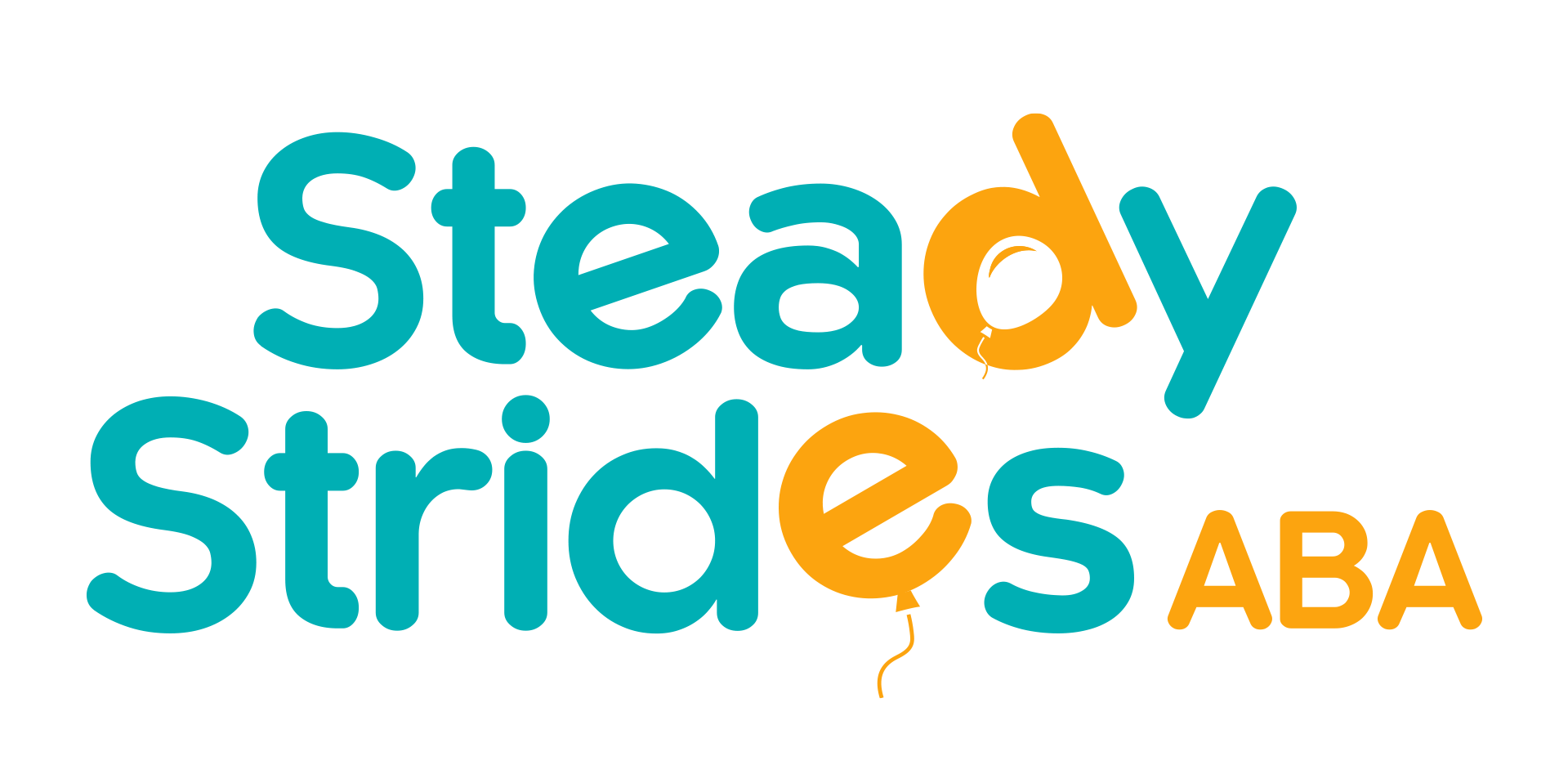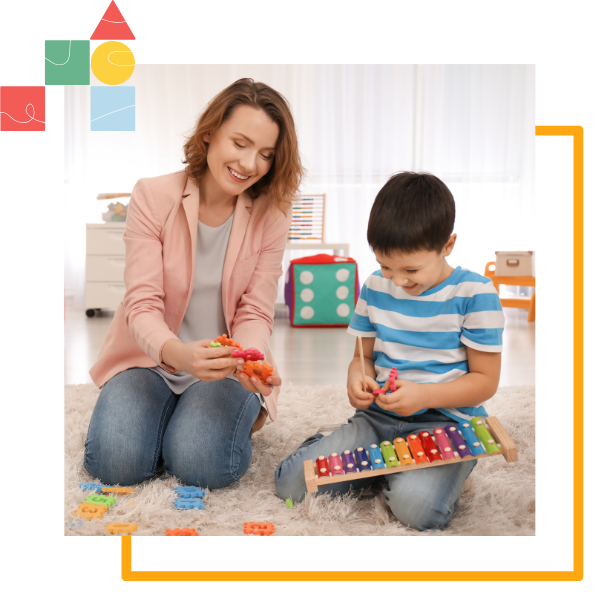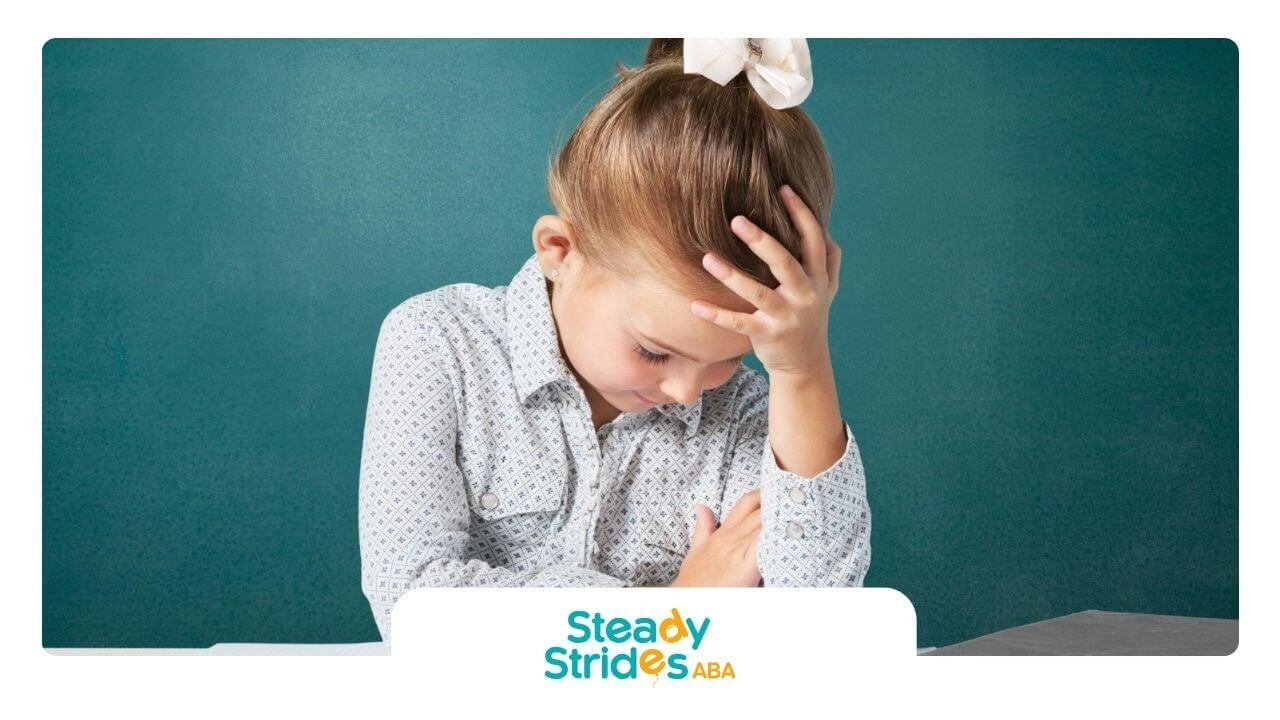Autistic emoji representation plays a vital role in online communication for individuals with autism spectrum disorder (ASD) and their families. As digital conversations rely increasingly on pictographs to convey tone and emotional nuance, ensuring that emojis align with neurodiverse experiences can reduce misunderstandings and build stronger connections.
This article explores autistic emoji representation, reviews the latest research on emotional recognition differences, and offers clear guidance for designers, educators, therapists, and families seeking to make emoji use more inclusive and effective.
Understanding Autistic Emoji Representation
Defining Autistic Emoji Representation
Autistic emoji representation refers to both the selection and design of emojis that accurately reflect emotional cues, sensory preferences, and communication styles common among people on the autism spectrum. Key aspects include:
Emoji Diversity Growth
Since the debut of Emoji 1.0 in 2015 with 722 icons, the Unicode Consortium has expanded the set to over 3,600 emojis in Emoji 16.0, including diverse skin tones, genders, and occupations. Graphic emoticons, standardized pictographs not user-editable, are now the primary focus of emotion recognition research, as they yield more consistent interpretations than typographic emoticons.
Exploring Emotional Recognition Differences
ASD and Emoji Interpretation
Emojis often stand in for facial expressions and tone of voice in text-based chats. For many autistic users, these symbols offer concrete visual cues that support comprehension. However, research shows that differences in processing socio-emotional signals can affect how autistic and neurotypical (NT) individuals interpret the same emoji.
Key Research Findings
A landmark study of 88 adults (31 diagnosed with ASD, 57 NT) revealed
notable accuracy gaps in identifying certain emotions from emojis. The table below summarizes relative performance.
| Emotion | NT Accuracy | ASD Accuracy |
|---|---|---|
| Fear | High | Significantly lower identification |
| Sadness | High | Lower accuracy compared to NT |
| Surprise | High | Reduced typicality in classification |
| Happiness | High | Comparable performance |
| Disgust | High | Comparable performance |
| Anger | High | Comparable performance |
Further studies suggest that pairing happy emojis with neutral text boosts positive interpretation for both groups, while sad emojis can intensify negative readings among autistic participants. This highlights the need for context-aware designs that consider how an emoji’s emotional valence interacts with surrounding text.
Highlighting Communication Benefits
Reducing Message Ambiguity
Well-designed autistic emojis can help clarify intent and prevent misinterpretation by:
- Offering clear labels or tooltips for less familiar expressions
- Using consistent visual language across platforms
- Mapping to common sensory experiences, such as overwhelm or focus
Enhancing Socio Emotional Cues
When emojis reflect a broader range of emotions, including states like sensory overload or meltdowns, they serve as bridges between autistic and NT communicators. This enriched palette lets peers, educators, and therapists grasp subtle shifts in mood and engagement without lengthy explanations.
Implementing Inclusion Best Practices
Designing with Neurodiversity
To create emoji sets that resonate with autistic users, designers should:
- Test prototypes with autistic participants for clarity and appeal
- Limit visual noise by avoiding excessive details
- Provide multiple style options (outline, solid fill, color variations)
- Include emotion labels in accessible formats (alt text, captions)
Following Unicode Guidelines
All new emoji proposals must adhere to the Unicode Consortium’s submission requirements:
- Complete proposal forms and justification documents
- Evidence of frequency via search trends, social media use, and scholarly citations
- Example images in color and black-and-white at precise dimensions
- Documentation of intellectual property ownership or licensing
- Agreement to a perpetual, royalty-free license for encoded symbols
Collaborating With Advocacy Groups
Partnerships with autism advocacy organizations ensure cultural relevance and accuracy. For example, Apple’s disability-inclusive emoji proposal, developed with the American Council of the Blind and the National Association of the Deaf, illustrates how collaboration yields richer representation.
Applying in the Real World
Educational Use Cases
In classrooms, custom emoji sets can support social-emotional learning by:
- Displaying a visual “emotion check-in” chart so students tap or select the emoji matching their mood
- Embedding sensory state icons in digital schedules to warn of loud transitions
- Offering peer-to-peer messaging templates that use clear emoji cues
Therapeutic Settings
ABA therapists and behavior specialists can integrate autistic emojis into digital rewards systems, role-play apps, and communication boards. Visual supports that match an individual’s processing style often speed up skill acquisition and reduce frustration.
Family Communication
At home, parents and siblings benefit when emoji resources align with a child’s preferences. Customized sticker packs or quick-access emoji menus in chat apps can let families share how they feel in real time, fostering empathy and reducing demand for extensive verbal explanations.
Anticipating Future Developments
Emerging Emoji Trends
The Unicode Consortium reopened proposals for new emoji from April 2 to July 31, 2025, inviting submissions that reflect diverse experiences and identities. As interest in disability-inclusive designs grows, community feedback will shape the next generation of pictographs.
Research Directions
Ongoing studies aim to map finer-grained emotional states and sensory concepts to emoji form. Future work may explore how animated or interactive emoji can convey transitions in attention or arousal levels, offering even richer communication tools for autistic individuals.
Conclusion
Autistic emoji representation matters because it bridges gaps in emotion recognition and supports clearer, more empathetic digital interactions. Research shows that while autistic and neurotypical users share strengths in interpreting happy and angry emojis, distinct challenges arise with fear, sadness, and surprise. By following inclusive design principles, collaborating with advocacy groups, and adhering to Unicode standards, creators can expand the emoji palette to capture a wider spectrum of experiences.
Educators, therapists, and families can apply these tools in classrooms, clinics, and homes to foster understanding and reduce communication barriers. With continued community engagement and research, autistic emoji representation will evolve, unlocking the full potential of pictographic language for everyone.
At Steady Strides ABA, we understand that every form of communication matters. Our ABA therapy programs in Texas are designed to strengthen your child’s ability to express themselves, whether through spoken words, gestures, visuals, or digital tools like emojis. With personalized strategies, parent training, and ongoing support, we help children with autism build confidence in communication and social interaction.
Contact us today to learn how our ABA therapy programs can empower your child to connect with others more effectively.
Frequently Asked Questions
How does ABA therapy help children with communication challenges?
ABA therapy uses evidence-based techniques such as prompting, reinforcement, and visual supports to improve communication skills, ranging from simple requests to complex social interactions.
Can digital tools like emojis support children with autism?
Yes. Emojis, visual supports, and other pictorial aids can help children with autism recognize and express emotions, reducing misunderstandings and strengthening social connections.
Why is emoji representation important for autistic individuals?
Emojis can provide a visual shortcut for recognizing and expressing emotions. Inclusive and diverse emoji options make digital communication more accessible for autistic individuals, supporting clearer, more empathetic interactions.
SOURCES:
https://wordsmarts.com/emojis-created/
https://tmb.apaopen.org/pub/7uq57c2p
https://www.ncbi.nlm.nih.gov/pmc/articles/PMC10229741/
https://www.unicode.org/emoji/proposals.html
https://abilitymagazine.com/new-emojis-for-disabilities/













